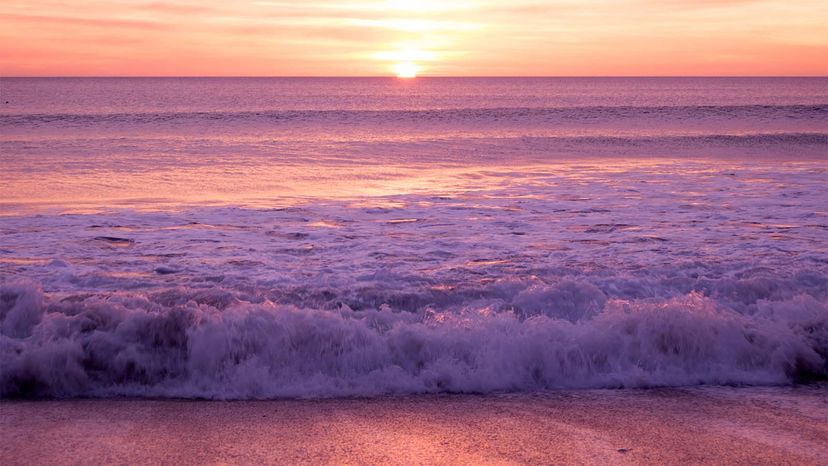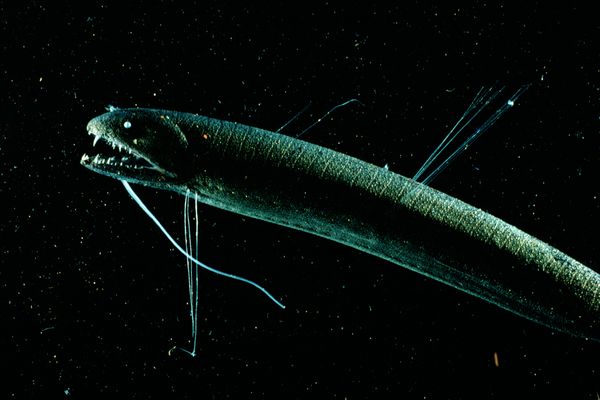
Key Takeaways
- Unlike today's green chlorophyll, ancient chlorophyll found in bacterial fossils was dark red and purple, giving early Earth and its oceans a pink hue.
- People have discovered the pink pigment in cyanobacterial fossils in the Sahara Desert, indicating that over 650 million years ago, these bacteria were a dominant life form in Earth's oceans.
- This early pink color, caused by the diluted pigments of ancient cyanobacteria, is considered the world's oldest-known color, contrasting with the modern perception of blue oceans and green chlorophyll in plants.
What color is the ocean? Well, blue, of course.
But this wasn't always the case. If you assume that prehistoric oceans were blue just like they are today, you'd be wrong. Scientists discovered ancient oceans were actually a rosy hue, making pink the world's oldest-known color.
Advertisement
Researchers found the mighty little pink pigment in bacterial fossils from the Sahara Desert in Mauritania, West Africa. The cyanobacteria were thought to have survived on sunlight and, more than 650 million years ago, they became the dominant life form in Earth's oceans for eons. Cyanobacteria probably even predated algae, which has long been thought to be one of the earliest building blocks of the evolutionary life of larger animals, according to findings published July 9, 2018. in the journal Proceedings of the National Academy of Sciences.
So what made these little microbes think pink? Well, it wasn't their fashion sense. The fossilized chlorophyll inside the bacteria was dark red and purple in its concentrated form, which means that when diluted by water or soil, it would have lent a pink cast to earth and sea. This is unlike modern chlorophyll, which today gives plants their green color, reported researchers at Australian National University, where the bacterial fossils were studied.
While it is rare for ancient chlorophyll to be preserved, these samples were probably formed when a bloom of cyanobacteria quickly sank to the sea floor where it was free from the oxygen molecules that bolster decay. Once it sank, the microbes eventually fossilized and the rock they became part of remained motionless — and in one piece — for a billion years.
Advertisement

